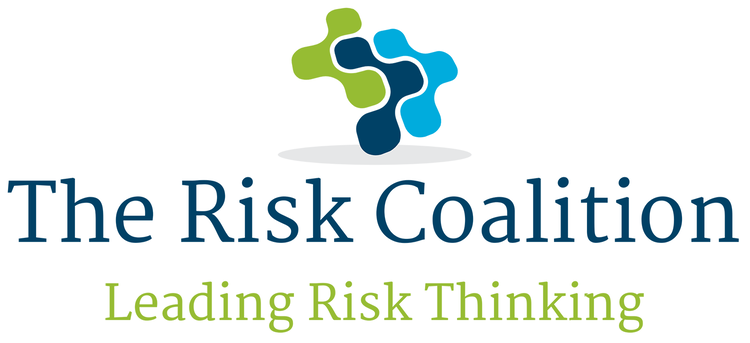The time for CROs and Risk teams to change the approach to their work is now well overdue, and is now becoming essential given the changing, challenging and increasingly dynamic environment organisations face. In the first of two blogs for the Risk Coalition, Keith Davies sets out the case for change given the different risk profile organisations face in the modern world. In his second blog (to follow), he will discuss how Risk teams need to change to ensure they remain relevant to their boards and businesses.
A time for change
Risk teams have traditionally focused on identifying the most significant threats to an enterprise’s current financial and operational position, and reducing them – at times in line with the “As Low as Realistically Plausible (ALARP)” seen in industries with physical hazards. However, with the geopolitical, macro and technology environments all changing at an accelerating rate, and stakeholder capitalism raising the importance of firms’ social licence to operate, Risk teams now need to manage a raft of emerging, complex, and inter-connected tangible and intangible risks. To date, there has not always been the commensurate change in activities and mindset of risk functions needed to protect and optimise firms’ long-term value in this new post-pandemic world.
Risk coverage for the modern world
The scope of risk activity has to reflect the changing risk profile of firms and encompass all drivers of a firm’s long-term value. This requires refreshing existing non-financial coverage to reflect the changing nature, location and dynamics of business operations: including the increased importance of supply chains, digital distribution, servicing and communications, data as an asset, innovative technology (artificial intelligence (AI), machine learning, IoT etc), cryptocurrencies etc – all of which can create risks and opportunities for firms.
In addition, risk teams must also focus on those less tangible, non-financial risks that have previously not been explicitly quantified or managed but which have a material financial impact: for example, reputational risks are estimated to comprise a third of the balance sheet of many companies[1]. The required changes in activity include:
extending the scope of people risk beyond people processes to cover all factors (e.g. company purpose, culture, hybrid working environment, DE&I, etc) that drive a firm’s ability to hire, motivate and retain talent
assessing strategic risks - such as geopolitical risk, climate and sustainability risk – and their impact on other risks holistically, rather than managing them tactically or as add-ons to certain operational and financial risks
understanding the (sometimes conflicting) expectations of different stakeholders and the importance of social license to operate, trust, ethics and reputation in a world where harm to any stakeholder can be instantly recognised and amplified by digital media
not covering risks in individual silos, but also taking a holistic view of how they combine and interact with each other (e.g. AI and ethics, cryptocurrency and financial crime and reputation risk, and geopolitical impacts on the market, cyber & supply chain risks), and looking for ‘stacked risks’ – where the combined impact of an event is greater than the sum of its individual impacts
extending risk management to include oversight and understanding of complex supply and value chains and any risks by association.
Consequently, the modern risk team needs to look at a much wider range of risks than the traditional financial and operational risks, both within the firm’s perimeter and beyond. Indeed CROs should be interested in all aspects of the business environment that are material enough to concern the CEO.
The CRO’s new challenges are to join the dots to provide holistic foresight, be more commercial, give greater focus to resilience and to embrace new tools that are available to better equip the Risk team in undertaking its work. These aspects will be considered next week, in the follow up to this blog.
[1] The 2021 UK Reputation Dividend report estimates corporate reputation contributes a third (33.8%) of FTSE-350 market capitalisation, versus 25% (a Covid-driven 10-year low) in 2020 and 35.3% in 2019.
Keith Davies, Chief Risk & Compliance Officer at Federated Hermes Limited, is a commercially-focused CRO with a passion and track-record for change and implementing risk frameworks that support all aspects of business strategy – including financial, operational, digital, behavioural, reputational and ESG/sustainability risks. He has worked for over 20 years in global insurance, asset management and banking.

